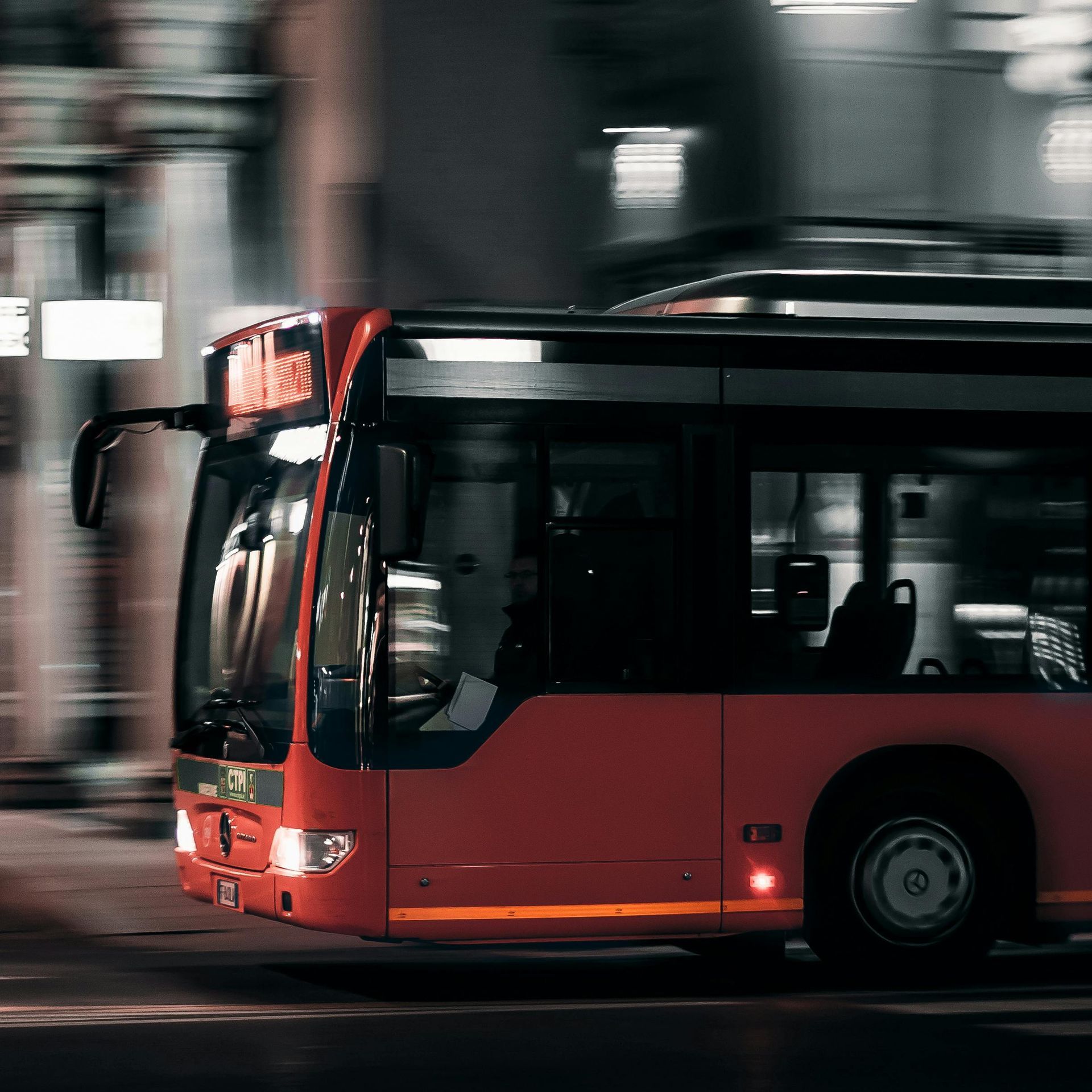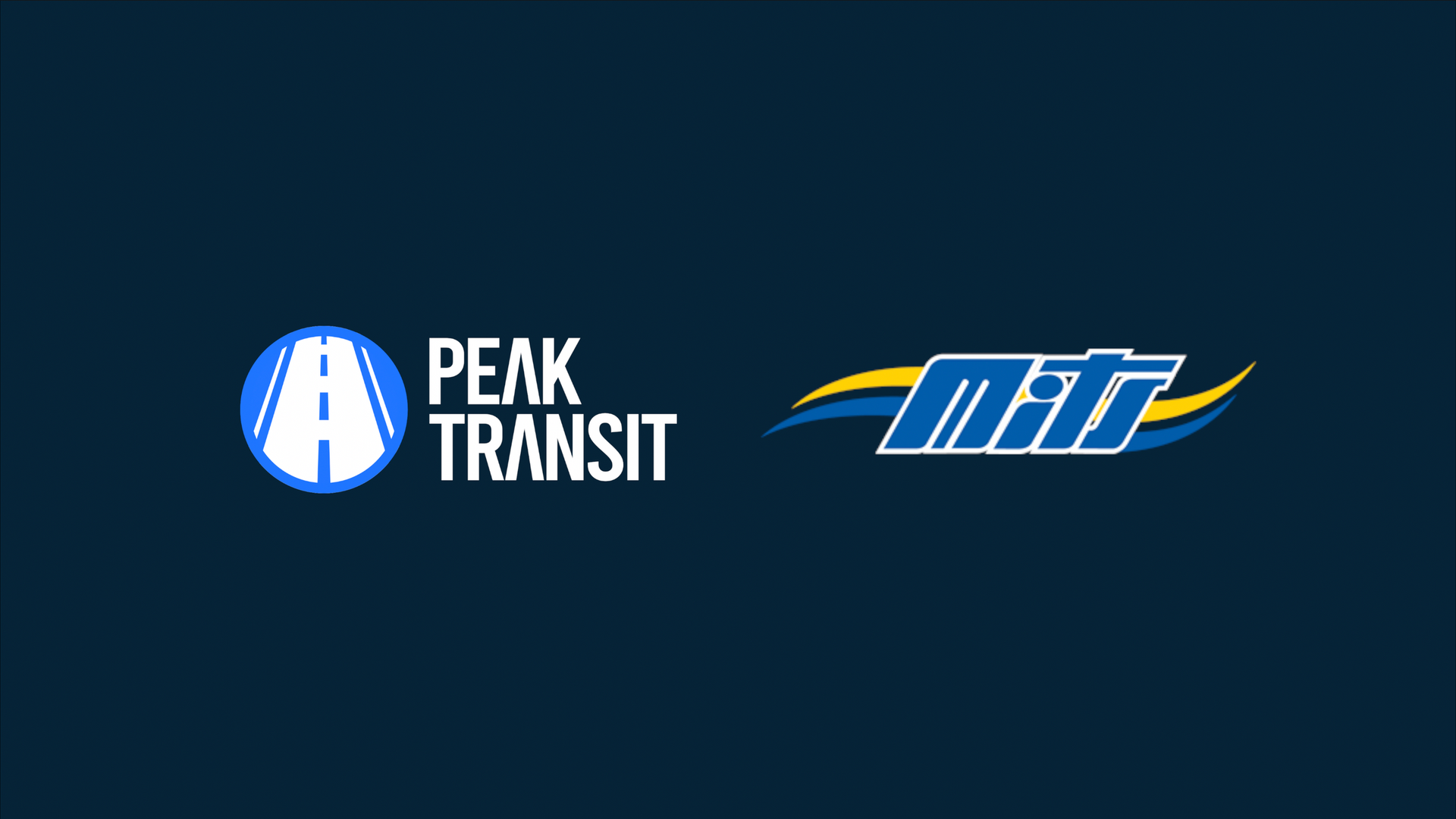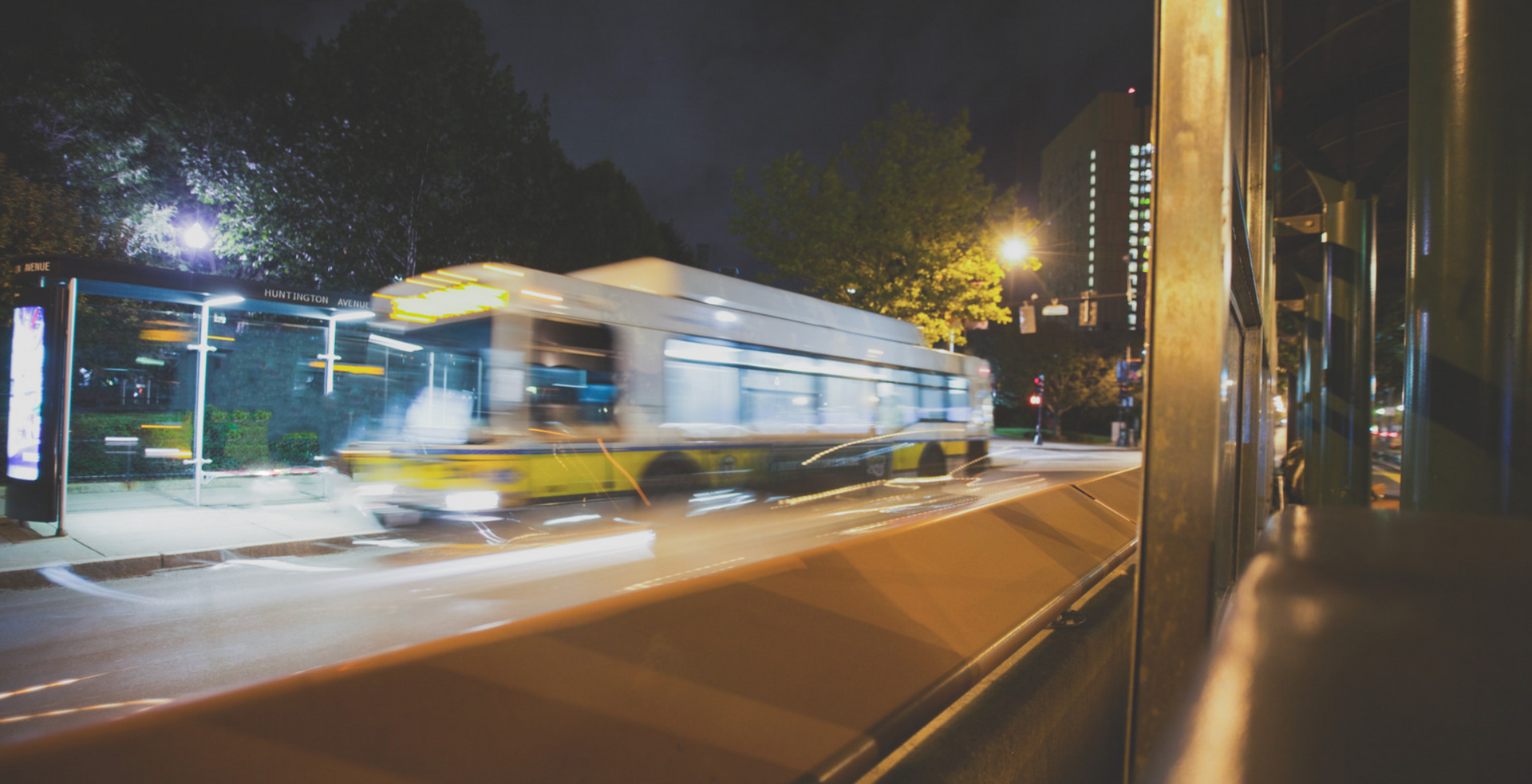
In the evolving landscape of public transit, efficiency and passenger satisfaction stand at the forefront of operational success. Modern challenges require modern solutions, and leveraging technology has become indispensable. This checklist guides transit operators through assessing and improving their system's efficiency and passenger experience, highlighting the pivotal role of technology in overcoming common challenges.
Efficiency and Reliability
- Route Optimization: Are your routes optimized for current passenger demand and traffic conditions?
- Schedule Adherence: How often do your services run on time? Implement CAD/AVL systems for real-time tracking and adjustments.
- Operational Efficiency: Assess the utilization of your fleet. Are there underused or overcrowded routes?
Passenger Experience
- Amenities and Comfort: Evaluate the condition and availability of passenger amenities such as Wi-Fi, charging stations, and seating comfort.
- Accessibility Features: Are your services fully accessible to passengers with disabilities? Consider low-floor buses, audio announcements, and visual aids.
- Information Availability: Do passengers have access to real-time schedules and route information through digital signage and mobile apps?
Safety and Accessibility
- Safety Measures: Review your safety protocols and emergency response strategies. How do you ensure passenger and driver safety?
- Security Systems: Evaluate the effectiveness of your security systems, including surveillance cameras and emergency communication tools.
- Accessibility Accommodations: Assess the availability and functionality of accessibility features across your fleet and stations.
Maintenance and Fleet Management
- Vehicle Maintenance: Implement automatic vehicle health monitoring to predict and prevent potential breakdowns.
- Fleet Utilization: Analyze your fleet utilization to ensure optimal efficiency and service quality.
- Revenue Management and Fare Collection
- Fare Collection Efficiency: Evaluate the speed and accuracy of your fare collection system. Consider moving to smart fare solutions to reduce fraud and streamline operations.
- Financial Reporting: Assess the effectiveness of your financial reporting and management systems in tracking revenue and expenses.
Data-Driven Decision Making
- Passenger Counting Data: Utilize automatic passenger counting systems to gather data on ridership patterns and adjust services accordingly.
- Operational Analytics: How are you using data analytics to inform operational decisions and improvements?
Sustainability Practices
- Eco-Friendly Vehicles: Consider the integration of electric or hybrid buses into your fleet to reduce emissions.
- Sustainable Operations: Evaluate your practices for environmental sustainability, including energy use and waste management.
Conclusion
Addressing the challenges of public transit operations requires a focused, technology-driven approach. By systematically evaluating and improving each aspect of your service, from efficiency and passenger experience to safety and sustainability, you position your operation for success in today's competitive landscape. Peak Transit is here to help, offering the latest solutions in transit technology and expertise. Let's work together to create a more efficient, satisfying, and sustainable transit future.
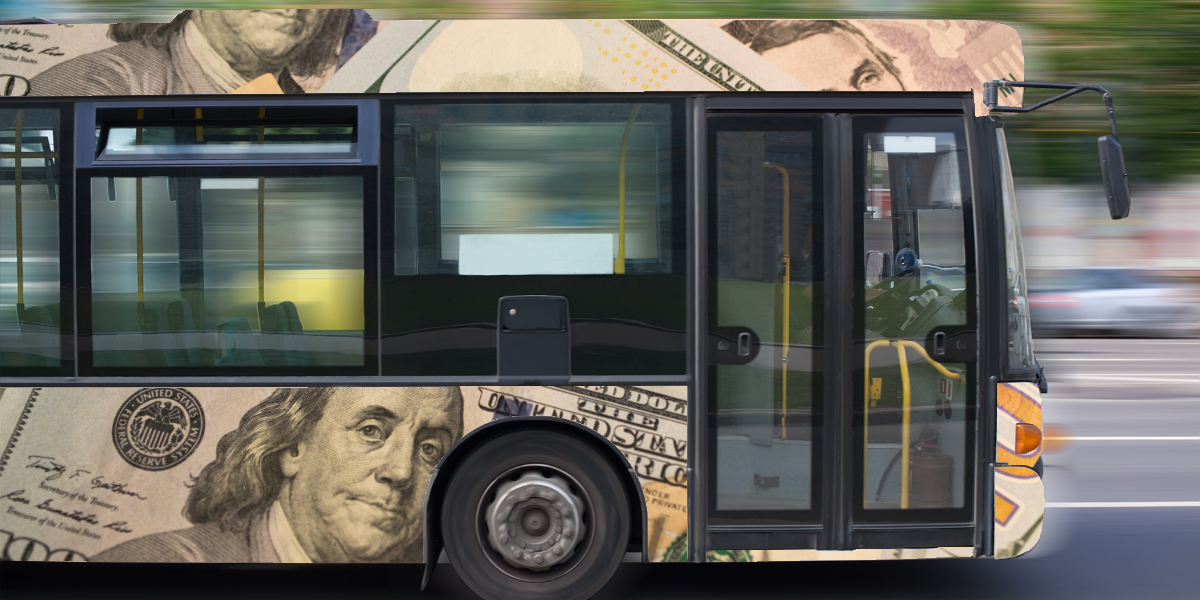
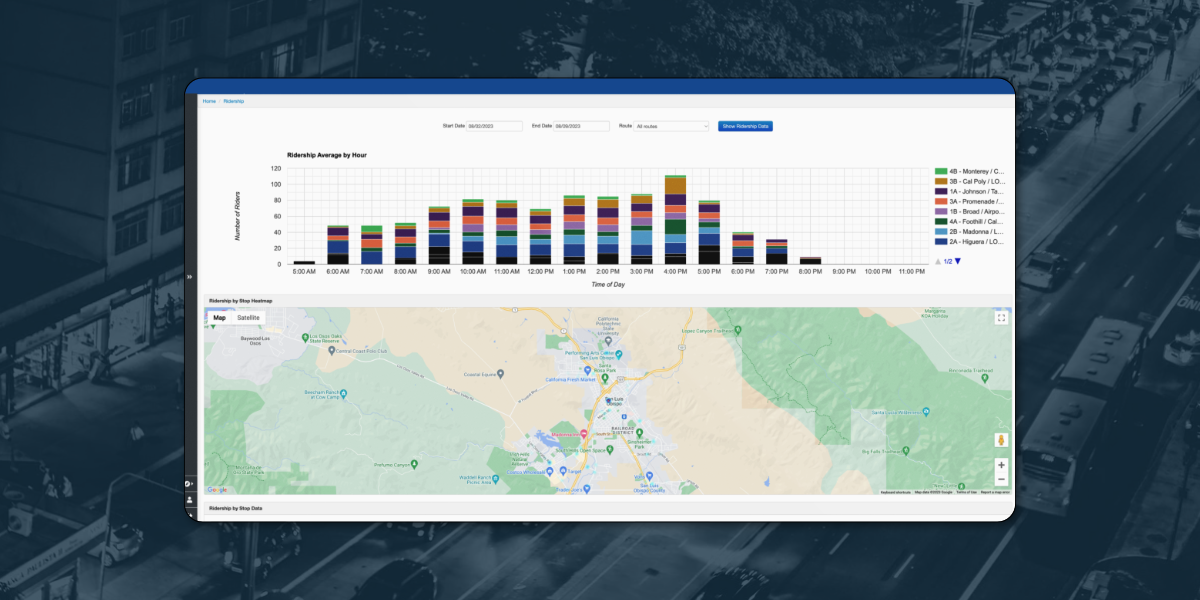

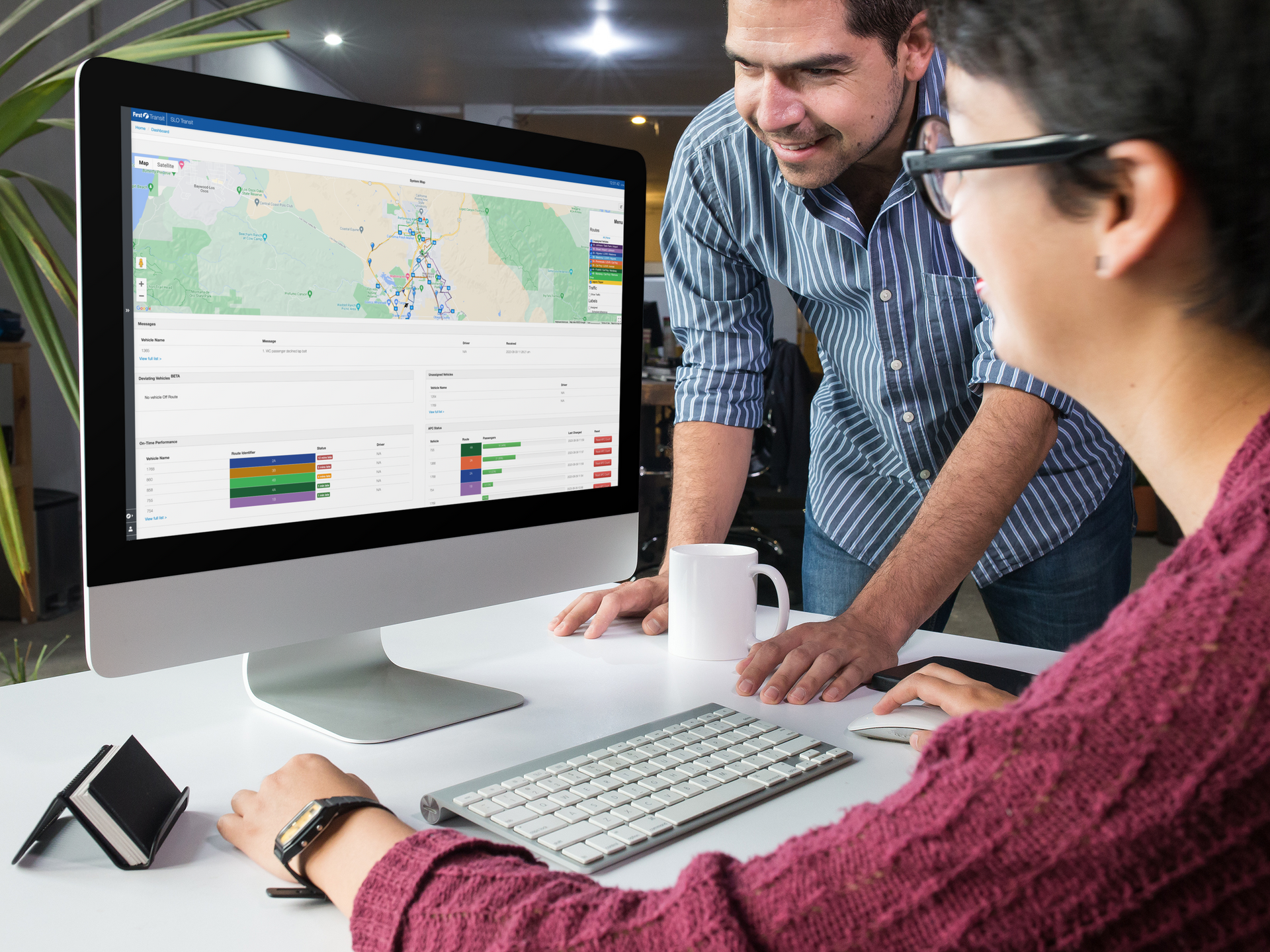
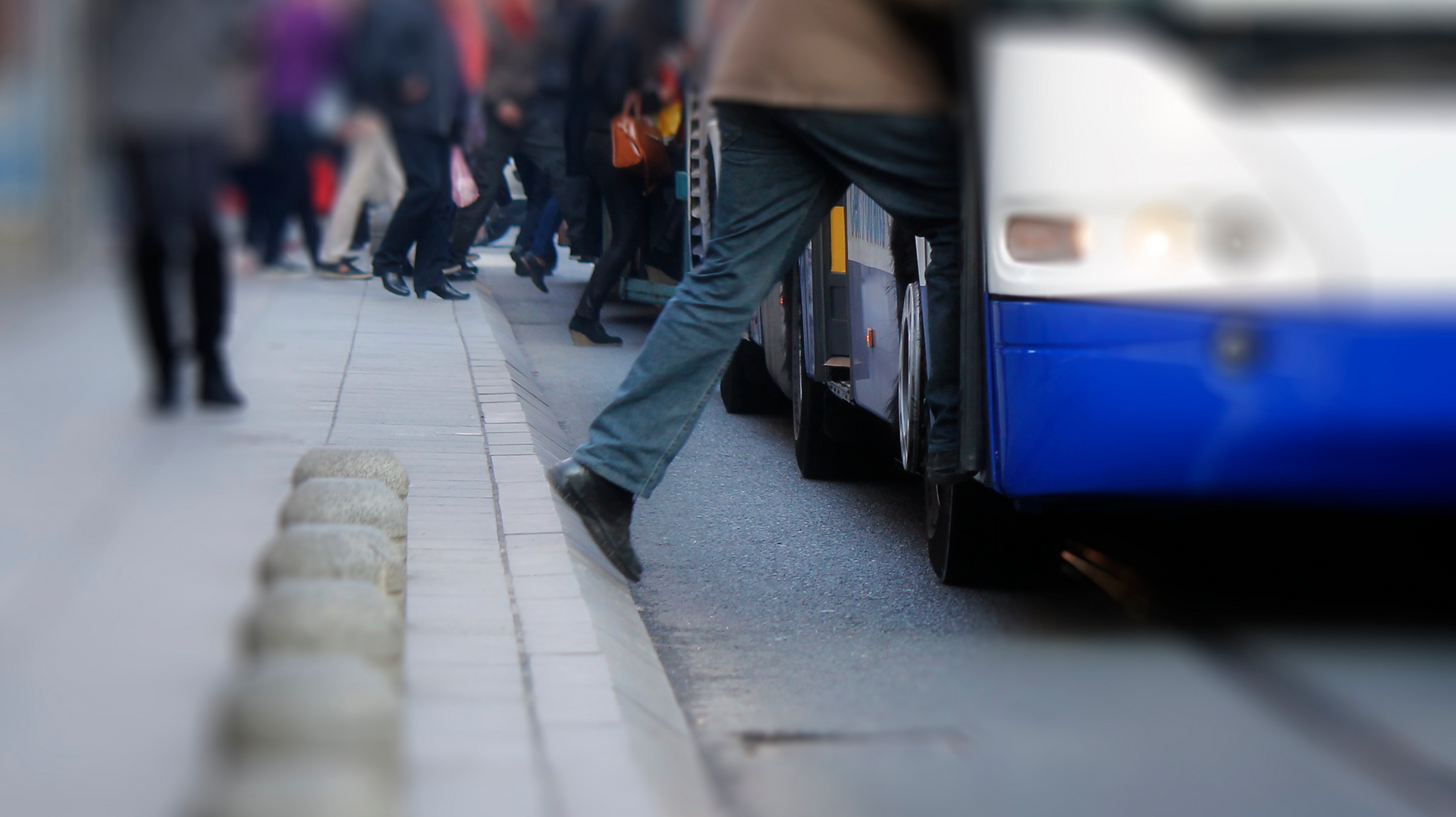
Peak Transit
Customizable software and hardware solutions to help you monitor vehicles, support drivers, and keep passengers informed.
© 2024, Peak Transit, LLC | Privacy | Terms of Service
